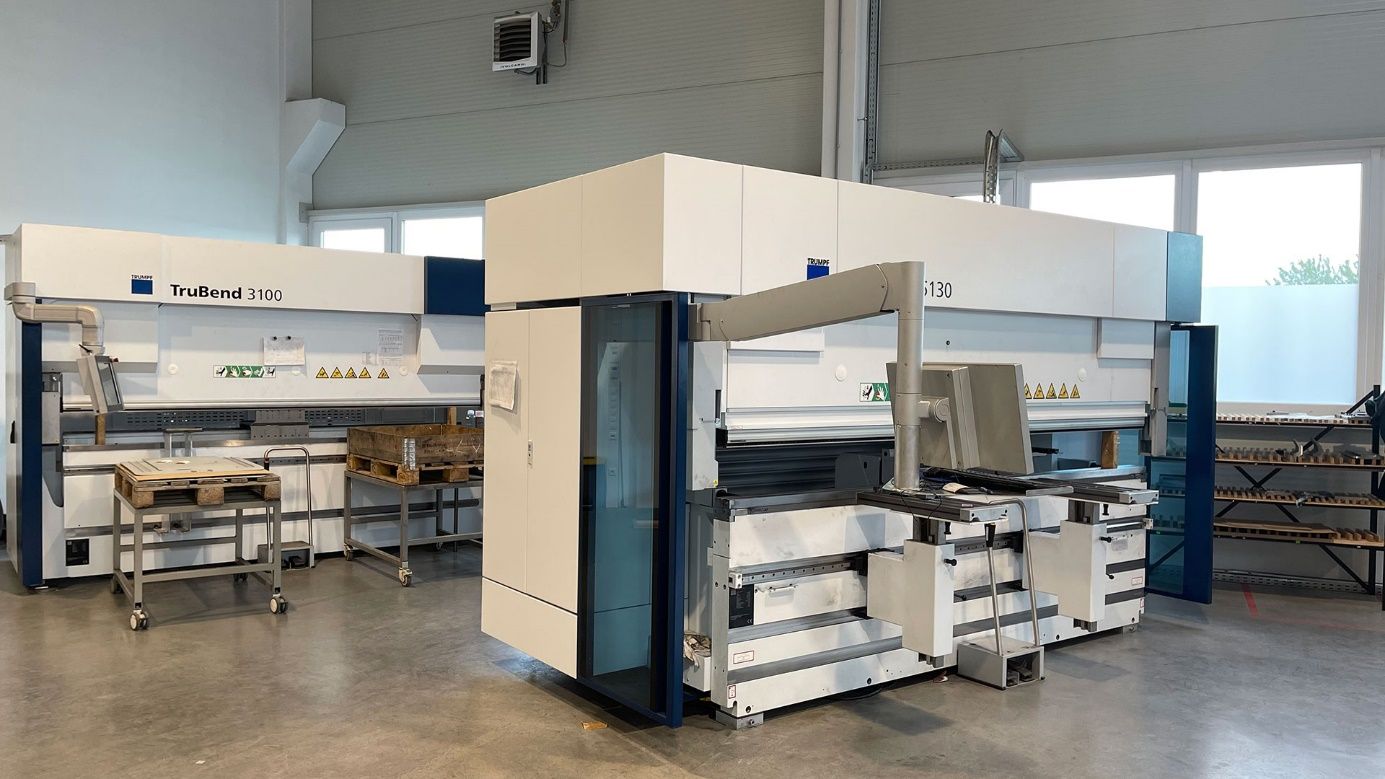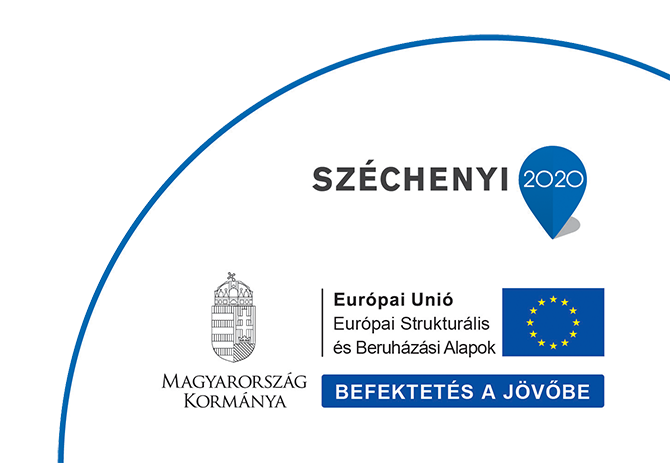The world of metal structure manufacturing is extremely diverse: from steel structures for construction to industrial equipment to smaller residential solutions (such as railings, gates or stairs), it is present in a wide range of areas. The common denominator is durability, precision and safety in all cases. In this environment, the Series production, which allows metal elements to be produced in large quantities but with the same quality. But what exactly does the Serial production in the world of metal structures, what are the benefits and how can we often build a bridge between uniqueness and serial efficiency today? Let’s look at it in more detail.
The concept and specifics of serial production of metal structures
The essence of serial production is that several identical or very similar pieces are made from a predetermined product type or structural element. While custom production always requires separate planning and manufacturing processes, in serial production, the emphasis is on the repeatability and optimization of processes. In the case of metal structures, this is particularly complex, as steel, aluminum or stainless steel elements are often large in size, they have to provide high strength, and even small inaccuracies can have serious consequences. Therefore, serial production is not the result of simple copying, but of conscious engineering planning, technological fine-tuning and a mechanized production process.
Why is serial production beneficial?
Serial production in metal structure production
It is not just a question of cost-effectiveness. It has become the industry’s dominant manufacturing method due to the following advantages:
Thrift
Due to the larger number of pieces, the unit price is significantly reduced. Manufacturing costs (such as programming, design, or machine setup) are spread over multiple pieces, resulting in a more cost-effective outcome.
Consistent quality
Precision machines and standardized processes ensure that every piece is produced with the same precision and quality. This is particularly important for structural elements where static safety is not in question.
Time savings
In series production, repetitive operations can be automated, significantly reducing production time. In the case of a large-scale production, productivity can be many times higher than in individual production.
Optimization of material use
Less material is wasted during the production process, as pre-designed cutting and
welding patterns
for series help efficient material utilization.
Possibility of customization
Modern series production no longer means rigid uniformity: minor changes, such as different sizes, holes and coatings, can also be implemented within series.
Processes of serial production in metal structure production
Successful series production never starts overnight. It is preceded by careful preparation, precise engineering and gradual process optimization. The most important steps are as follows:
Design and prototyping
The first phase of production is 3D modeling and prototyping. This ensures that the component to be produced in series meets all functional and safety requirements.
Material procurement and preparation
Choosing the right raw material is crucial. This is where steel, aluminum or other alloys are prepared for machining.
Automated cutting and shaping
Modern
CNC machines,
laser cutters
or
plasma cutters
ensure accurate sizing. This guarantees repetitive accuracy and a minimal error rate.
Welding and assembly
One of the biggest challenges in series production is that all pieces have the same strength and dimensional accuracy when welding the elements. The
Robotic welding
and templates help with this.
Surface treatment
Powder coating,
electroplating or special coatings
ensure a long service life and corrosion resistance. In the case of the series, standardized processes also work for surface treatment, so all pieces get the same appearance.
Quality control
At the end of production, the pieces are subjected to strict inspection. This can be a dimensional check, a weld weld inspection or even a destructive test. The goal: to filter out defective parts before delivery.
Serial production vs. custom production
In practice
in metal structure manufacturing
It is rarely possible to make a completely sharp distinction between serial production and individual production. Often, the first prototype is made based on individual needs, and then a series is made of the given structural element.
Advantages of serial production:
lower price, faster execution, uniform quality.
Advantage of custom production:
fully customized solution, flexible design.
Modern technology makes it possible to combine the two: metal structures designed according to individual needs, but manufactured in series. This combination is now a basic requirement in many industries.
Areas of application
Metal structures in serial production are present in almost all industries:
Construction –
steel hall frames, roof structures, bridge and support elements.
Industrial equipment
– machine frames, scaffolding, conveyors, storage systems.
Transport
– structural elements of rail and road infrastructure.
Residential solutions
– railings, gates, stairs, canopies.
Common to all areas is that series production ensures durability, value for money and fast availability.
Innovations in series production
In metal structure manufacturing, series production is now closely linked
to Industry 4.0 solutions
:
Robotization and automation
– robotic welding, CNC-controlled machines, intelligent production lines.
Digitalization
– 3D design and simulation that minimizes errors before production.
Sustainability
– minimizing material loss, using recyclable raw materials.
Flexibility
– quick changeover from one series to another, so that even smaller series can be produced economically.
Professional closing remarks
Serial production in metal structure manufacturing is not just a production method, but an approach. It combines efficiency, precision and economy, while adapting to individual needs is increasingly feasible. Whether it is the steel structure of an industrial hall, a machine frame produced in series or even a series of several hundred pieces, series production ensures that all pieces are equally safe, durable and cost-effective. In the future, digitalization, robotization and sustainability will increasingly determine the role of series production – so metal structure production will increasingly remain a dominant area not only of today’s industry, but also of the future.
If you are looking for a professional partner who can already
works with Industry 4.0 solutions
and has outstanding experience in
the field of metal structure manufacturing and sheet metal processing,
then you’ve come to the right place. That
The Innomechanika team
is at your disposal with precision, innovative technology and reliable expertise – to ensure that your projects are completed on time, with high quality and cost-effectively.




